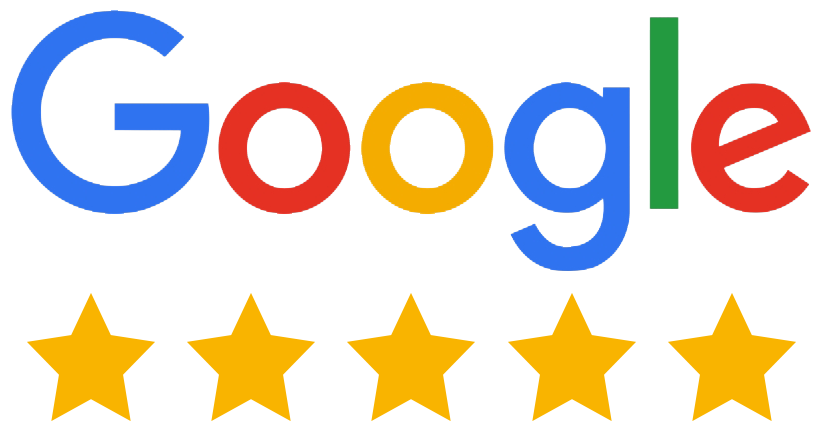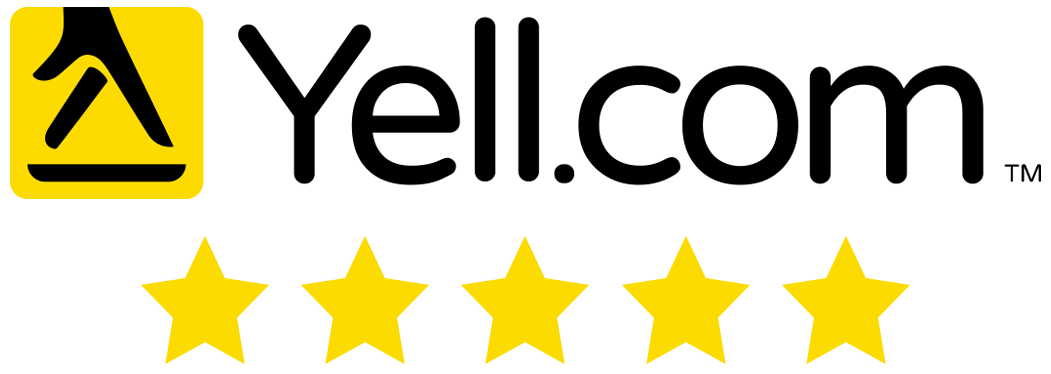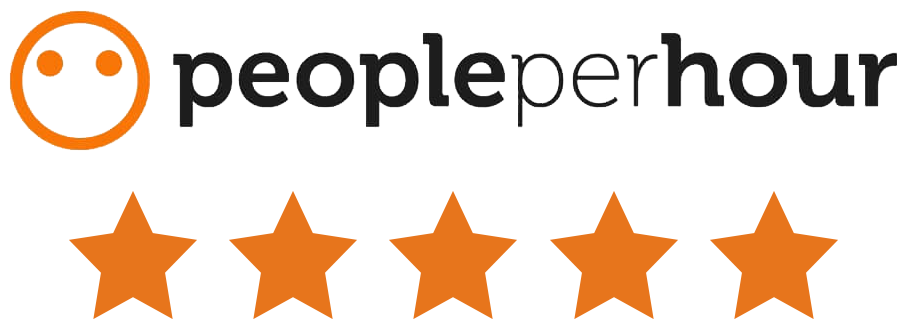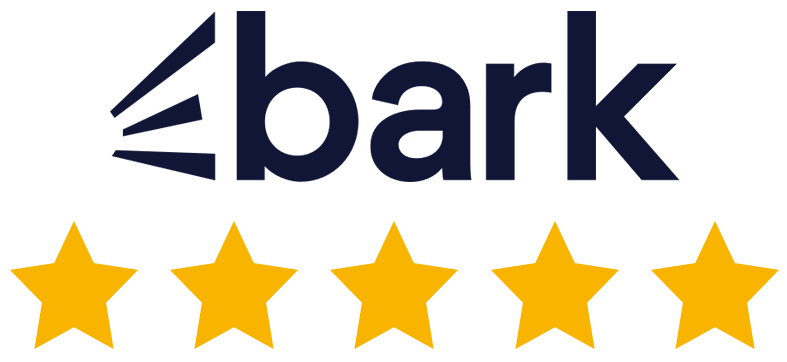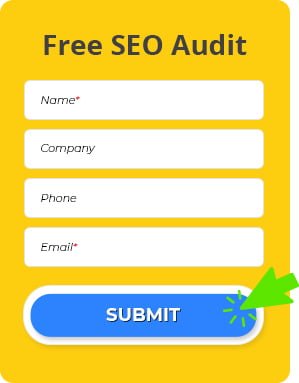What You Need To Know About Cumulative Layout Shift Being A Google Ranking Factor
- 15 June, 2020
- Jason Ferry
- SEO Companies

Cumulative Layout Shift (CLS), which is a Google metric that measures user experience on websites, is set to become a Google ranking factor in 2021. This is why it’s crucial that SEO companies UK based and site admins know what this metric is and how to optimise it properly.
What is Cumulative Layout Shift?
This is the sudden and unanticipated motion of webpage elements while the page is still downloading. Some of the elements that are likely to trigger this juddering effect are images, contact forms, buttons, fonts, and other types of content.
The unwanted page shifting can lead to poor user experience. That’s why minimising CLS as much as possible is extremely important.
A bad CLS score can be caused by coding problems, and these can always be resolved.
When CLS becomes an issue
There are five reasons why CLS happens, Google states:
- “Images without dimensions
- Ads, embeds, and iframes without dimensions
- Dynamically injected content
- Web Fonts causing FOIT/FOUT
- Actions waiting for a network response before updating DOM.”
Videos and photos must have the exact width and height measurements specified in the HTML. In the case of responsive images, site admins and coders must always ensure that the various image dimensions for the different viewports utilise the same aspect ratio.
To measure the aspect ratio, Google suggests AspectRatioCalculator.com as a good resource.
Ads Can Lead To CLS
This issue can be one that’s quite difficult to handle. Among the best ways of dealing with ads that trigger CLS is properly styling the elements where the ad will appear.
For instance, if you designate the div with a particular width and height, the ad will be restricted to those dimensions.
There are two solutions if there’s not enough inventory and the ad doesn’t appear.
If the element doesn’t show a certain ad placed within it, you can change the settings so a placeholder image or alternative banner ad is utilised to fill the spaces.
Alternatively, in some layouts where an ad fills up an entire row on the top of maybe a column on the left or to the right gutter of a webpage, if the page doesn’t appear, there won’t be a shift. This won’t make any difference on either mobile or desktop format. However, this is dependent on the theme layout, so you have to check that out if ad inventory is a problem.
Dynamically Injected Content
These are contents that are injected into the webpage. For instance, in WordPress, you might link to a tweet or YouTube video, and then WordPress shows the tweet or video as an embedded object.
Web-Based Fonts
If you download web fonts, you may risk so-called Flash of Unstyled Text (FOUT) or Flash of Invisible Text (FOIT) occurring.
One way to prevent these is by using rel=”preload” in the link when you’re downloading that particular web font.
Lighthouse is a useful tool for helping you diagnose the root cause of CLS.
CLS Can Happen During Development
Cumulative Layout Shift, as one of the newest Google ranking factors in 2021, can sneak in during the development process. There’s a possibility of this happening when many of the assets required to render the page are loaded into a browser’s cache.
Then, when a developer or publisher subsequently visits the page under development, they don’t necessarily notice a layout shift because the page elements have already been downloaded.
That’s why it’s useful to have a measurement in the lab or in the field.
How do you calculate Cumulative Layout Shift?
Here are the two metrics or events included for the calculation:
Impact Fraction
This is the measurement of the total space occupied by the shifting element in the viewport, which is the area you see on your mobile screen.
Once an element downloads and then moves, the viewport is the space it occupies, from the first location it was rendered to the last location where it appears.
For instance, Google illustrates this by quoting the example of an element that has 50% occupied space in the viewport, and then is lessened by 25% to appear in the viewport on a mobile device.
When combined together, the 75% value is what you call the Impact Fraction, and it’s expressed as a score of 0.75.
Distance Fraction
The distance fraction is the second measurement, and this equates to the total space that the webpage element has shifted from its original place to its new one.
In Google’s example above, the element moved 25%.
Here, we calculate the Cumulative Layout Score by multiplying the Impact Fraction by the Distance Fraction:
0.75 x 0.25 = 0.1875
There are other maths calculations to be included and additional considerations as well. The most crucial thing to remember is that this score is one method used to calculate an essential user experience factor.
How to measure CLS
According to Google, there are two methods for measuring CLS. These are in the Lab and in the Field.
The first one, in the Lab, means creating a simulation of a real-live user downloading a webpage. Google utilises a simulated Moto G4 for calculating the CLS score within a lab environment.
These tools are an effective way of finding out how layouts could perform before rolling them out to users. In short, it offers site admins the opportunity of testing for layout issues before pages are published.
Lighthouse and Chrome Dev Tools are the Lab tools that are used.
In conclusion
It’s crucial that you understand Cumulative Layout Shift. This doesn’t mean you have to know how to do the calculations yourself, but just being aware of what’s important is enough, as this metric is set to become a Google ranking factor in 2021.
This Is Why Website Security Impacts SEO Rankings
As online businesses grow, SEO UK website security is gaining lots of traction. This isn’t surprising, as cyber-crime as an entity is escalating. Google has even begun to award websites with improved SEO rankings based on their security credentials. Here are the facts and figures:
- One billion data records were breached in the first quarter of 2019.
- In 2018, 62% of businesses were affected by phishing.
- There’s an estimated 2, 244 hackers attacking sites each day.
This is why data security is a crucial aspect to be considered. To urge site owners to do this, Google has begun to campaign for better security and recognising websites that meet the required standards.
As long ago as 2014, Google said that they would prioritise websites which used ‘HTTPS’ over ‘HTTP’, giving them better SEO rankings to promote stricter data security.
Why does website security impact SEO?
As the largest search engine in the world, Google has taken the motto “better safe than sorry” to heart.
Google announced that they would put particular emphasis on safe websites in regards to SEO rankings to further promote safety precautions. For websites that haven’t yet upgraded to ‘HTTPS’, visitors would see a message such as this when landing on the page:
After research on Back Pain Chairs Lab and some other websites, we collect results about 67% of websites were flagged to be unsafe. With a drop in SEO rankings, also came a degradation and significant erosion of customer trust for these websites.
And that explains why installing security features has become super-important. No business wants a drop in SEO rankings, given the competition for business that’s around today. By upgrading your website security, you won’t just get an improved ranking - you’ll also be more capable of avoiding cyber-attacks, which is just what Google wants.
Here are other ways in which inadequate website security could be compromising your SEO:
1) Blacklisting
Website security affects SEO as criminals utilise unprotected websites to place malicious links, which can make it seem as if you’re associating with sources you wouldn’t want to identify with.
This link building activity can make search engines treat your website as if it’s spam. This can lead to you being blacklisted without even knowing what’s really happening on your website.
The bad thing about it is that, even if you’ve found the problem and solved it, it can take months to get your good reputation back.
2) Trust
Unsafe websites will be flagged by Google as “Not Secure” on its URL. This may discourage users from visiting your website. As a result, your users can develop mistrust of your website. That means higher bounce rates and decreased sales.
Even if you do resolve the issue, many users will already have left dissatisfied. And worst of all, 95% of users do now speak out about their bad experiences, which can make your website look bad among a far wider audience.
3) Crawling errors
A bot’s primary role is to crawl websites for domain mining, vulnerability scan, data theft, and so forth. But Google bots also scan websites, though rising persistent automated software attacks make it impossible to scan them utilising malicious bots.
There ought to be a limitation on a server for carrying out automatic tasks repeatedly using many bots. In the absence of security, overloaded-automatic-tasks may be disrupted, and that will begin to restrict website traffic.
If the search console displays a 503 or 403 error, this means that Google crawled the error, but the server was labelled as missing.
4) SEO Spam
Hackers can gain entry to a website through vulnerabilities and hijack your SEO wins. They may insert their own hyperlinks and spam keyword in your top-ranked webpages. The bad thing is that these hackers will let you do the hard work to get to the top of the rankings, then use their own products for promotion.
This is also known as SEO poisoning, and the usual victims of this are small business websites, WordPress blogs and NGOs. To prevent this happening to you, increased security measures are always best employed.
What is HTTPS?
This stands for hypertext transfer protocol secure. Once used, end-to-end data encryption will be provided for the website and client-server. This is designed to protect a website against data theft and data manipulation, amongst other things.
What’s more, this also allows you to share confidential information, such as personal details, travel bookings, and bank details, securely and without the risk of leakage.
‘HTTP’, in contrast, has no secure end-to-end data encryption, and that makes it prone to malicious attacks and cyber-crime incidents.
The first thing to do, then, is to migrate to ‘HTTPS’ by acquiring a cheap SSL certificate for your website.
What’s an SSL certificate?
Also known as Secure Socket Layer certificate, this is a technology or a promise of trust which secures the link between the client-server and the website with end-to-end encryption.
Once you install this certificate onto your ‘HTTP’ website, you will get hold of an advanced ‘HTTPS’; and that serves as more potent protection against digital attacks. It’s tough to break this because of its end-to-end data encryption.
Given that the growth of e-commerce across the globe is set to rise exponentially, and is even said to be set to contribute 17% to the entire US retail market by 2022, making sure of a secure environment for an online business is absolutely essential. It can no longer be left to chance, not least because over 2.5 quintillion bytes of data are being produced on a daily basis.
An SSL certificate is a must these days and the key tool in resolving issues caused by digital crime. SSL solutions can be tailored to your website’s needs, so if you have a single domain SSL, for instance, you can acquire a Comodo Essential SSL certificate.
Advantages of an SSL certificate
Acquiring an SSL certificate means your web address will show a padlock next to the URL. That suggests a more secure website, and that can boost customers’ trust in you.
- Your SEO rankings will improve.
- You’ll generate increased sales and customer engagement.
- You will be complying with PCI and DSS standards, required regulations.
- You will avoid “Not Secure” flags from Google.
There are lots of SSL certificates to select from. Some of these are Wildcard SSL certificate, Domain Validated (DV), and Extended Validation (EV).
However, it’s better to get yours from top market leaders, such as Geotrust SSL, Comodo, GlobalSign, and other recognised names.
In conclusion
As Google raises the bar for online business transaction standards, the results are beginning to surface. About 52% of the top 1 million websites changed from HTTP to HTTPS in 2018. That’s more than 500,000 websites. Most businesses realise that they need Google for better SEO rankings and improved customer trust.
These news articles first appeared at https://www.searchenginejournal.com/cumulative-layout-shift/371946/ and https://readwrite.com/2020/06/12/why-does-website-security-affect-seo-rankings/. To read the full articles, just click the links.
Get your business kicking online by hiring Position1SEO. With our team of SEO experts, you can ensure you maximise your online exposure, and that can lead to improved SEO rankings and an increase in revenue. Visit our homepage now to get started.


